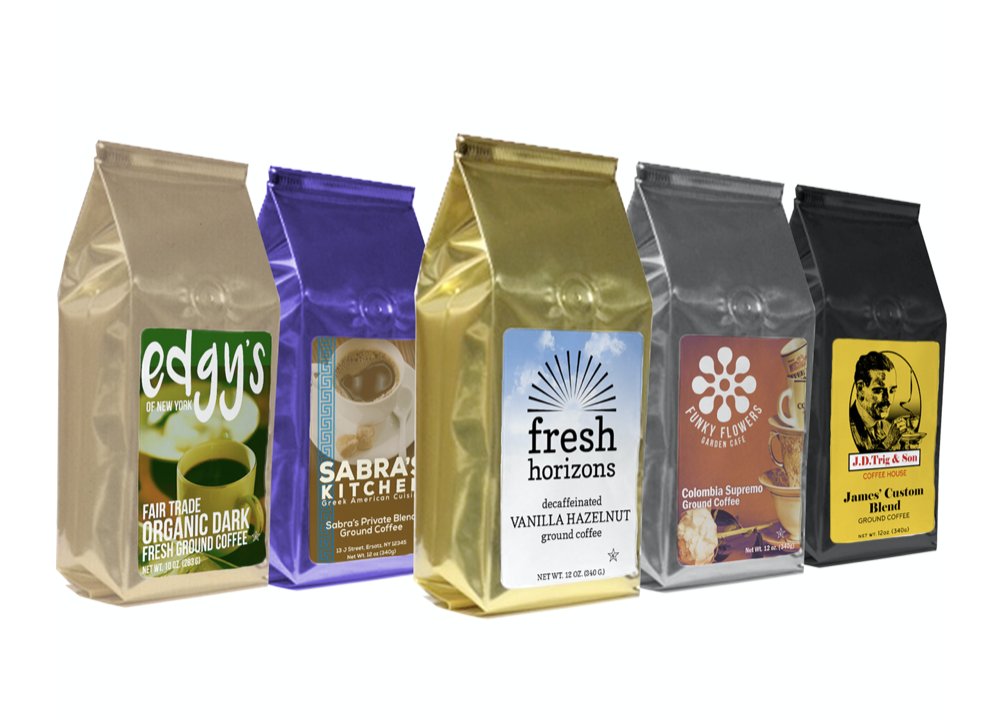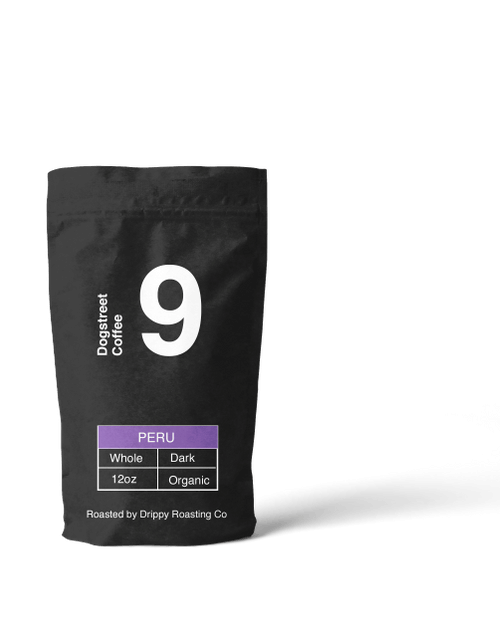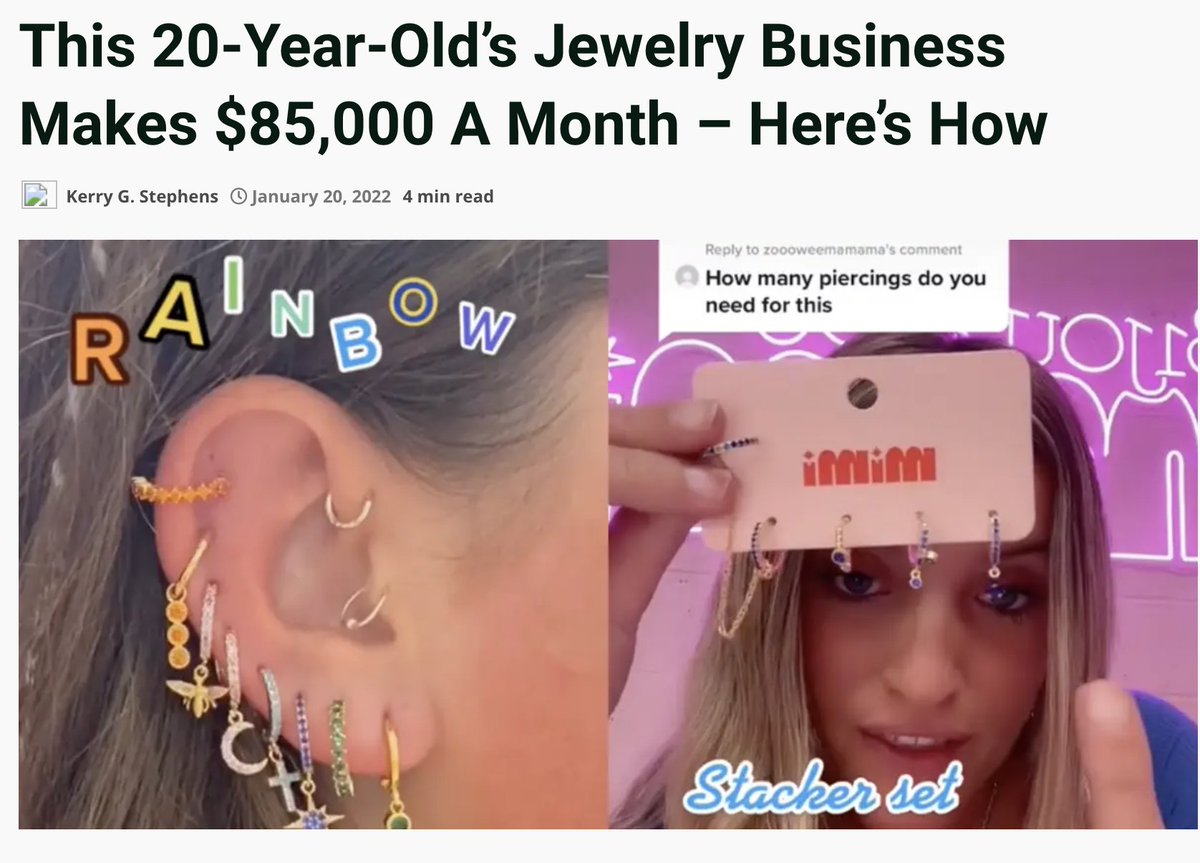
Entrepreneurs buy excellent coffee wholesale for $3-7 a lb and sell online or in stores for $18-25.
Or they go totally hands off with quality dropshippers.
Here's a list of the top coffee private labelers and how it works:
Or they go totally hands off with quality dropshippers.
Here's a list of the top coffee private labelers and how it works:
I did a thread about coffee accessories a few weeks ago, you can sell a TON on TikTok right now
#coffeetiktok has 2.1 BILLION views!
The #1 question I got? How do I sell actual coffee?
I thought this would be too saturated...
It's not.
#coffeetiktok has 2.1 BILLION views!
The #1 question I got? How do I sell actual coffee?
I thought this would be too saturated...
It's not.
https://twitter.com/orenmeetsworld/status/1520442611542249474
In the SEO machine
"buy kona organic coffee"
"where to buy chicory coffee"
"buy green coffee beans"
"where to buy keto coffee"
All have less than 10 difficulty (out of 100)
Plus tons of regional terms, "single origin" + flavor words.
There's room online.
Here's top options:
"buy kona organic coffee"
"where to buy chicory coffee"
"buy green coffee beans"
"where to buy keto coffee"
All have less than 10 difficulty (out of 100)
Plus tons of regional terms, "single origin" + flavor words.
There's room online.
Here's top options:
SMALL RUN BEANS
Gillies Coffee has a minimum order of just 72 units to start
Plus they have fun packaging options, lots of flavors and green beans (a nice term for SEO and popular on social).
It's an easy way to get started, especially if you want to test selling it in-person
Gillies Coffee has a minimum order of just 72 units to start
Plus they have fun packaging options, lots of flavors and green beans (a nice term for SEO and popular on social).
It's an easy way to get started, especially if you want to test selling it in-person

SIMPLE DROPSHIPPING
Dripshipper charges a monthly fee and they take care of everything,
Pick your brew, design your packaging, and they ship and send, with a ton of options.
12oz-5lb bags
12 or 60 pack pods
This is the lowest profit option, but least work and upfront cost.
Dripshipper charges a monthly fee and they take care of everything,
Pick your brew, design your packaging, and they ship and send, with a ton of options.
12oz-5lb bags
12 or 60 pack pods
This is the lowest profit option, but least work and upfront cost.

VERSATILE DROPSHIPPING
Calioh Coffee offers the whole spectrum of options, and they dropship too
- Single origin, fair trade, and decaf
- Bags, k-cups and nespresso
No monthly fee here, but more time to setup, you need to take this one seriously.
Calioh Coffee offers the whole spectrum of options, and they dropship too
- Single origin, fair trade, and decaf
- Bags, k-cups and nespresso
No monthly fee here, but more time to setup, you need to take this one seriously.
COLD BREW
Custom cold brew concentrates and drinks in wholesale quantities can come from SOS Cold Brew.
They have nitro, bottles, bags of concentrate, you name it, but expect a pretty serious order commitment and some coordination on packaging.
Custom cold brew concentrates and drinks in wholesale quantities can come from SOS Cold Brew.
They have nitro, bottles, bags of concentrate, you name it, but expect a pretty serious order commitment and some coordination on packaging.
CUSTOM COFFEE BEVERAGES
If you want a full CPG product -- your favorite alt milk with coffee in a can etc, you're going to need to go with a full manufacturer and get a custom formulation.
This is easier than ever, and I'd start in Texas with Tex Bev.
They do alcohol too 👀
If you want a full CPG product -- your favorite alt milk with coffee in a can etc, you're going to need to go with a full manufacturer and get a custom formulation.
This is easier than ever, and I'd start in Texas with Tex Bev.
They do alcohol too 👀

With any brand or product, it will be a sliding scale.
The less work you do, the less you make, dropshipping you can expect 10-20% margin.
Buying in large bulk, getting custom packaging in bulk, all custom done, you can make closer to 50%, but with a more up front cost.
The less work you do, the less you make, dropshipping you can expect 10-20% margin.
Buying in large bulk, getting custom packaging in bulk, all custom done, you can make closer to 50%, but with a more up front cost.
I still think accessories are the move, especially to sell via organic social, but if you already have traction, limited edition bean drops could 100% hit.
Like anything, make sure to sample, and ensure quality.
I didn't put any sketchy options in, but they're out there.
Like anything, make sure to sample, and ensure quality.
I didn't put any sketchy options in, but they're out there.
If you want all the links to these + last week's fitness factories, my private label coffee cheat cheat sheet sends automatically when you join my email newsletter.
Follow along @orenmeetsworld, I do weekly threads on niche factories and product ideas!
getrevue.co/profile/oren
Follow along @orenmeetsworld, I do weekly threads on niche factories and product ideas!
getrevue.co/profile/oren
Appreciate all the love! I’ve got tons of other factory links in my pinned tweet 🙌
• • •
Missing some Tweet in this thread? You can try to
force a refresh












